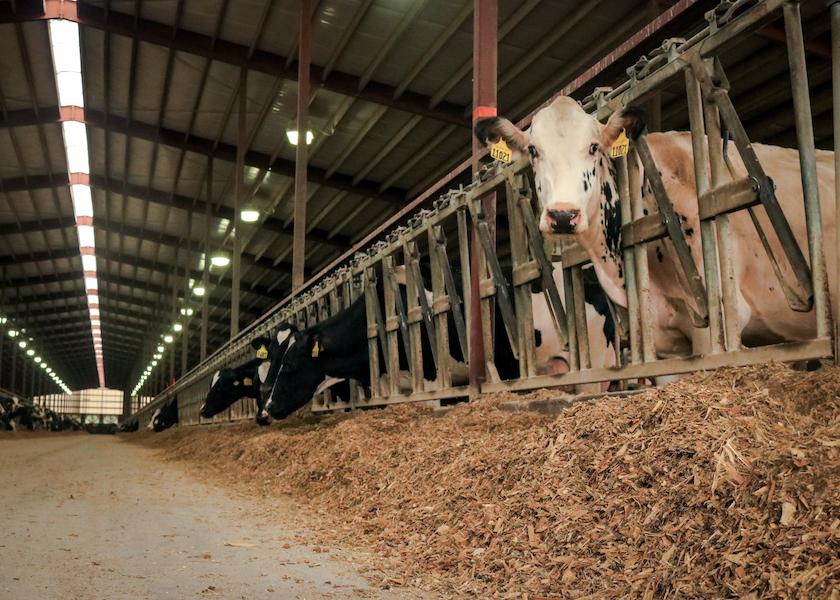Researchers at the U.S. Department of Agriculture’s Agricultural Research Service (ARS) have bred...
65% of the Nation’s Dairy Herd Lives On 1,000-Plus-Cow Operations

Recently, the USDA National Agricultural Statistics Service released the latest Census of Agriculture data for 2022. When compared to the last census, which was conducted in 2017, the new data provides insights on the direction the dairy industry is taking. And, without much surprise, herd consolidation was a major theme.
According to Lucas Fuess, Senior Dairy Analyst at Rabobank, there were 24,082 dairy operations with off-farm milk sales in 2022, down from the 39,303 dairy farms in 2017. In contrast, however, milk production increased by 5%, despite cow numbers remaining nearly identical at 9.4 million cows.
“Rabobank estimates that less than 25% of the U.S. milk supply (in 2022) was produced on farms with less than 500 head, but these operations accounted for more than 80% of dairy operations, at 20,631, offsetting their lower output with larger political clout,” Fuess says.
While dairy operations with less than 500 cows make up 80% of the nation’s dairy farms, the majority of cows within the nation’s herd reside on farms with 1,000 animals or more. The most recent Census of Agriculture provides the following breakdown:
Percent of U.S. dairy herd residing on farms with more than 1,000 cows.
- 1997 – 17%
- 2007 – 40%
- 2017 – 55%
- 2022 – 65%
Similarly, the number of cows residing on farms with less than 100 cows has declined.
Percent of U.S. dairy herd residing on farms with less than 100 cows.
- 1997 – 39%
- 2007 – 21%
- 2017 – 13%
- 2022 – 7%
“In the future, it is likely that more cows will move to larger farms, which are able to produce milk at a lower cost versus smaller operations. Growth in the number of larger operations will persist, but smaller farms will continue to exist in sizeable numbers, especially those practicing diversified agriculture and those that have kept debt levels low.”
“In short, a majority of milk in the U.S. is produced on a small number of farms and we expect consolidation to continue in the future as the industry grows as a whole,” Fuess concludes.
EDITOR’S TAKE:
The trend of consolidation in agriculture has been prevalent since the beginning of the 20th century. Farms have been increasing in size and efficiency, thus, lending fuel to this phenomenon. Dairy has not been immune from the trend. As the article points out, smaller dairy farms account for nearly 80% of total dairy farms. However, 2/3 of the milk comes from larger farms of 1000 head or more. This is primarily due to economies of size and scale that favor the larger operations. All that said, the smaller operations which remain are likely debt free and diversified. They can and will continue to compete well into the future. For that reason, whether the dairy farms in your area are large or small, don’t overlook them when putting together your customer prospect list. All dairy farms purchase trucks for their operation.








